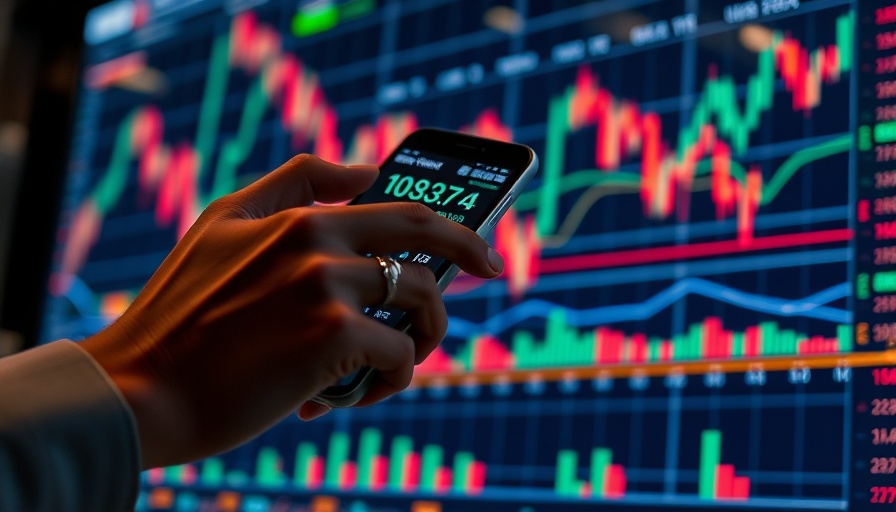
Understanding the Current Trade Climate: Investor Sentiment
As U.S. President Donald Trump approaches a crucial deadline regarding trade tariffs, the prevailing sentiment among global investors is notably subdued. This calm is largely attributed to a series of evolving tariff scenarios which have led many to adopt a wait-and-see approach. With the potential for tariff changes looming over international trade, analysts suggest that the worst economic scenarios have likely been priced into the market already.
The Impact of Changing Tariff Dates on Market Stability
What stands out in this ongoing situation is the fluidity of the announced deadlines. For instance, Trump provided varied timelines for updates on tariffs, which keeps investors guessing. As explained by Jeff Blazek, co-chief investment officer at Neuberger Berman, investors have become more comfortable with tariff news due to the flexibility of these dates. This "squishiness" creates a sense of stability, indicating market confidence that any adverse developments will not severely disrupt current trends.
Recent Developments in Trade Agreements
While some countries, such as Britain and Vietnam, have reached limited agreements with the U.S., major expectations from negotiations with India and Japan have not materialized. The failure to finalize these deals highlights the ongoing uncertainties in global trade relations. Investors are now left analyzing the impact of these incomplete negotiations against the backdrop of a rising global stock market, which is up 11 percent since the beginning of the tariff discussions on April 2. In a world where markets are eager for any hint of positive news, the fallout from tariff deadlines may not carry the weight initially feared.
The Federal Reserve's Role in Economic Sentiments
Moreover, investor focus has recently shifted to potential implications of Trump's tax package, which has fueled growth in stock markets while leaving bond investors apprehensive about an increasing national debt. The successful passage of his tax cuts has reassured stockholders, leading to record closures for the S&P 500 and Nasdaq. However, with projected additions of over $3 trillion to the national debt, weighing the benefits of these tax cuts against possible future economic challenges remains crucial for investors.
Future Predictions: What Lies Ahead?
While the immediate impact of upcoming tariff adjustments may appear limited, the road ahead is still fraught with uncertainties. Analysts suggest that if Trump cannot strike favorable agreements with key trading partners, it could pose risks for the economy. Future discussions need to emphasize informed and strategic negotiations to mitigate any potential backlash from tariffs that might come into effect.
The Bigger Picture: A Global Perspective on Trade
In this larger context, the ongoing tariff situation embodies a vital chapter in U.S. economic history, highlighting the struggles of global interdependence versus national interests. Understanding these dynamics is crucial not just for policymakers but also for everyday investors looking to navigate this complex landscape. Keeping abreast of how this issue unfolds will be essential as both policymakers and investors adapt to shifting realities.
Conclusion: Moving Forward with Caution
As investors brace themselves for the impending tariff updates, reassessing personal strategies based on evolving conditions can be crucial. The landscape of trade remains fragile, and staying informed will enable all stakeholders to make more strategic decisions in the face of uncertainty.
 Add Row
Add Row 
 Add
Add 


 Add Row
Add Row 
 Add
Add
Write A Comment